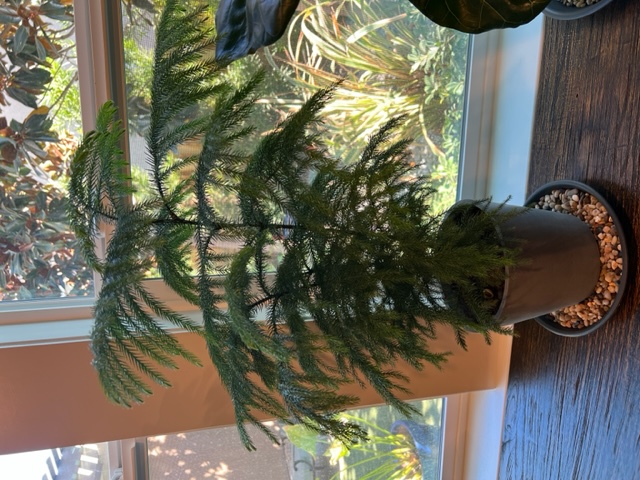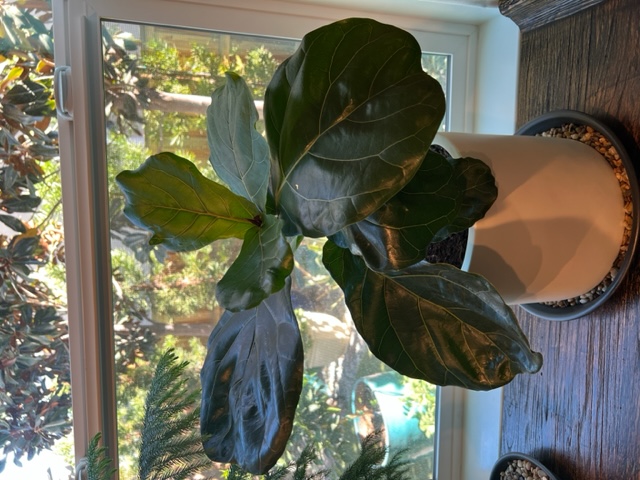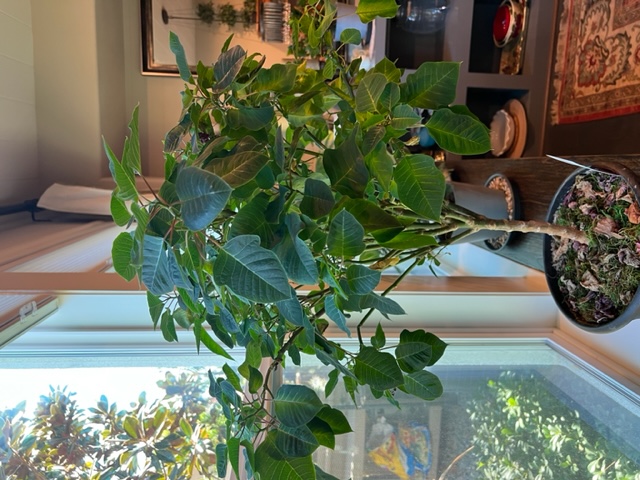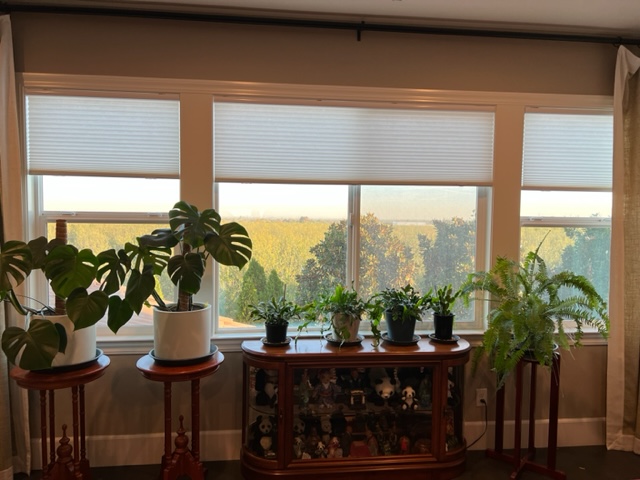The Garden
Depending on the area or zone you live in, as the leaves of the trees start to turn yellow, red, and orange, it is a clear sign that fall is in the air. And with fall comes preparation to prepare your house and garden plants for the winter.
Here are some general tips that apply to all growing zones on how to do that:
- One crucial task is ensuring that your plants have plenty of water even though you reduce the amount of water provided. In the colder weather, the ground will freeze, and your plants will not be able to get the water they need from the soil. So be sure to water them regularly, especially if you live in a colder climate.
- Another essential task is to make sure your plants are adequately mulched. Mulching helps protect plants from cold weather by trapping warmth in the soil. It also helps keep moisture in the ground, which is essential in the wintertime.
- Finally, if you live in a colder climate, you may consider bringing your house plants inside for the winter. You can either put them in a sunny spot in your house or a greenhouse. Either way, they will need plenty of water and should be checked on regularly.
Below is a USDA Plant Hardiness Zone Map
This is a very informative website that I recommend.
https://planthardiness.ars.usda.gov/
If you are unsure which zone you live in, then the map will help you determine that. For example, the house in Tracy, CA., is in zone 9b, typically a mild climate.

“Zone 9b is a diverse area encompassing the southernmost parts of the country, stretching from California to Florida. Zone 9’s annual minimum temperature ranges between 20 and 30 degrees Fahrenheit. Focusing on zone 9b allows us to get more granular — zone 9 b’s minimum temperatures typically range between 25 and 30 degrees Fahrenheit.”
Zone 9b Planting Guide | HappySprout. https://www.happysprout.com/inspiration/zone-9b-planting-guide/
When preparing your garden for winter in zone 9b, there are vital things to remember. First, you will want to focus on plants suited for cooler temperatures and consider your region’s specific weather patterns. For example, if you live in an area that experiences high winds (like Tracy), you will want to choose sturdy and wind-resistant plants.
In California, the winters are less severe than in other parts of zone 9b. However, we still experience some chilly temperatures and occasional frost. Therefore, when choosing plants for your garden, it is essential to select cold-tolerant and frost-resistant varieties. Some good options include:
- Hardy perennials: These plants can withstand cold temperatures down to 0 degrees Fahrenheit. Some common examples include aster, black-eyed Susan, coreopsis, daylily, echinacea, and gaillardia.
- Ornamental grasses: These plants can tolerate temperatures as low as 10 degrees Fahrenheit. Some good options include blue oat grass, fountain grass, switchgrass, and zebra grass.
- Evergreen shrubs: These plants keep their leaves throughout the winter, providing color and interest to your garden landscape. Some good options include holly, juniper, mountain laurel, rhododendron, and Smoke Tree.
- Trees: While most trees lose their leaves in winter, a few varieties retain them throughout the season. Some good examples include American holly, boxwood, Eastern red cedar, English yew, and Southern magnolia. In addition, we have numerous Southern Magnolia trees in our garden.


House Plants
House plants have similar needs. So I recommend the following:
- Stop fertilizing plants
- Reduce watering but still provide enough water for the plant to survive. Tricky, I know!
- You can move your house plants to different window locations for better light. I prefer a Northern exposure or an Eastern exposure for year-round placement.
- Avoid temperature extremes
- Increase humidity (I use pebble trays for all my house plants)
Below are some examples of plants in proper lighting.





Thank you for reading this post, and if you have any questions or comments, please post them in the comments section below.
© 2019 I Don’t Know All The Answers, Nikki Mastro
All of my photographs and documents are Copyrighted.
